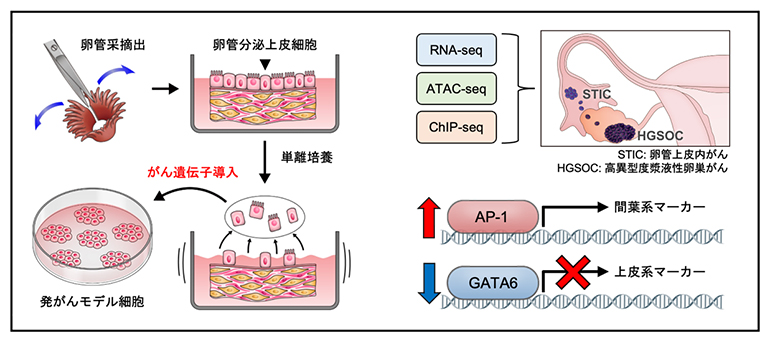2023-10-03 マサチューセッツ大学アマースト校

This device detects DNA with a 100-fold greater sensitivity than traditional methods using an alternating electric current.
◆この技術は病気の早期検出を可能にし、結果が迅速に得られるため、治療を遅延させることなく行えます。また、ポータブルなデバイスであり、資源が限られた場所でも使用でき、バイオエンジニアリング技術と統合してさまざまな応用が可能です。この発見は、医療分野に革命をもたらす可能性があります。
<関連情報>
- https://www.umass.edu/news/article/bioengineering-breakthrough-increases-dna-detection-sensitivity-100-times
- https://www.pnas.org/doi/10.1073/pnas.2306130120
高感度で特異的なラベルフリーDNA検出へのナノメカノエレクトリカル・アプローチ Nanomechanoelectrical approach to highly sensitive and specific label-free DNA detection
Xiaoyu Zhang, Xiao Fan, Huilu Bao, and Jinglei Ping
Proceedings of the National Academy of Sciences Published:August 7, 2023
DOI:https://doi.org/10.1073/pnas.2306130120
Significance
Miniaturized, high-precision DNA analysis holds significant potential for advancing biotechnology development and enabling applications in diagnostics, healthcare, and drug discovery. DNA detection using all-electronic devices offers a promising pathway to unlock this potential. However, existing all-electronic methods are prone to limited specificity and detection limit due to interference from nonspecific electrostatic and electrochemical interactions induced by prevalent charged species in solutions. To address this challenge, we drive nanostructural DNA strands, tethered to a graphene transistor, to oscillate in an alternating electric field. We find that the resulting transistor-current spectral characteristics are resistant to the interference interactions, leading to ultrahigh specificity and a detection limit improved by two orders of magnitude compared to existing methods.
Abstract
Electronic detection of DNA oligomers offers the promise of rapid, miniaturized DNA analysis across various biotechnological applications. However, known all-electrical methods, which solely rely on measuring electrical signals in transducers during probe–target DNA hybridization, are prone to nonspecific electrostatic and electrochemical interactions, subsequently limiting their specificity and detection limit. Here, we demonstrate a nanomechanoelectrical approach that delivers ultra-robust specificity and a 100-fold improvement in detection limit. We drive nanostructural DNA strands tethered to a graphene transistor to oscillate in an alternating electric field and show that the transistor-current spectra are characteristic and indicative of DNA hybridization. We find that the inherent difference in pliability between unpaired and paired DNA strands leads to the spectral characteristics with minimal influence from nonspecific electrostatic and electrochemical interactions, resulting in high selectivity and sensitivity. Our results highlight the potential of high-performance DNA analysis based on miniaturized all-electronic settings.


